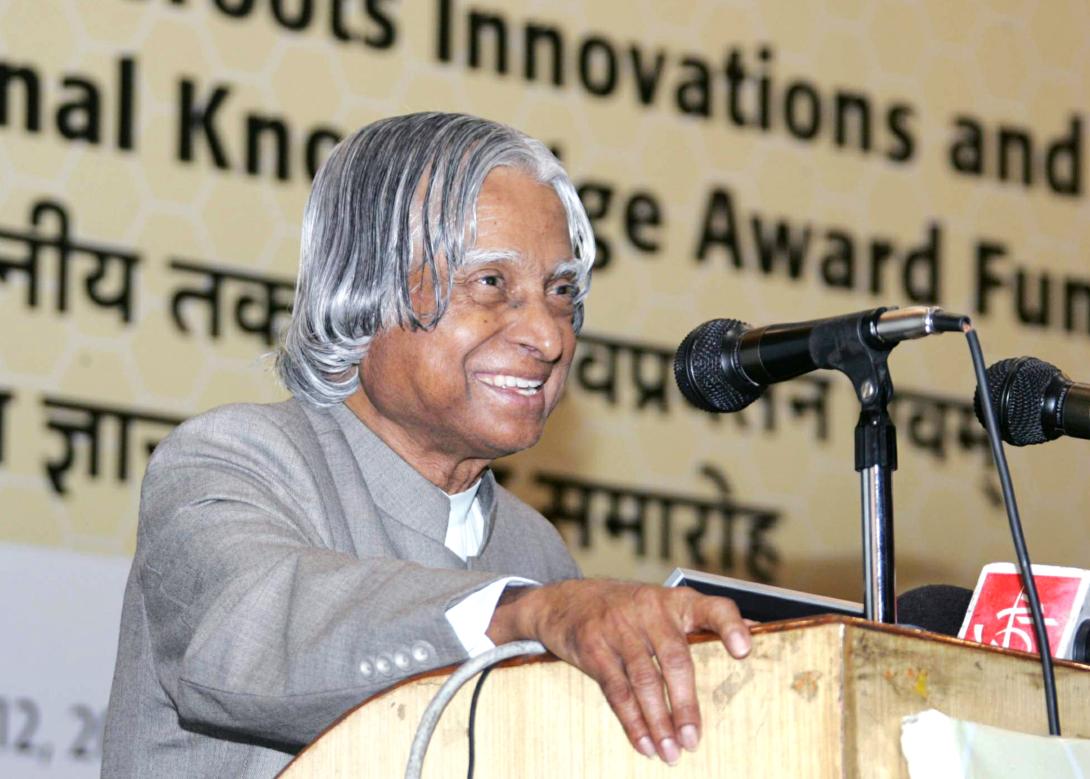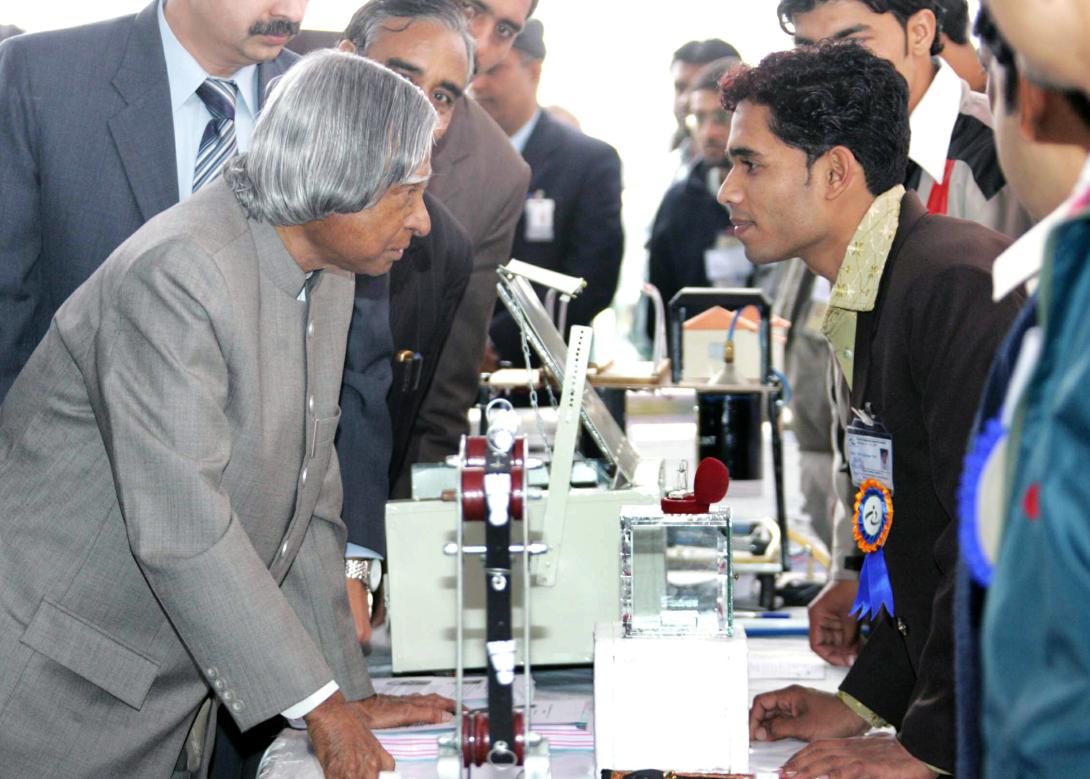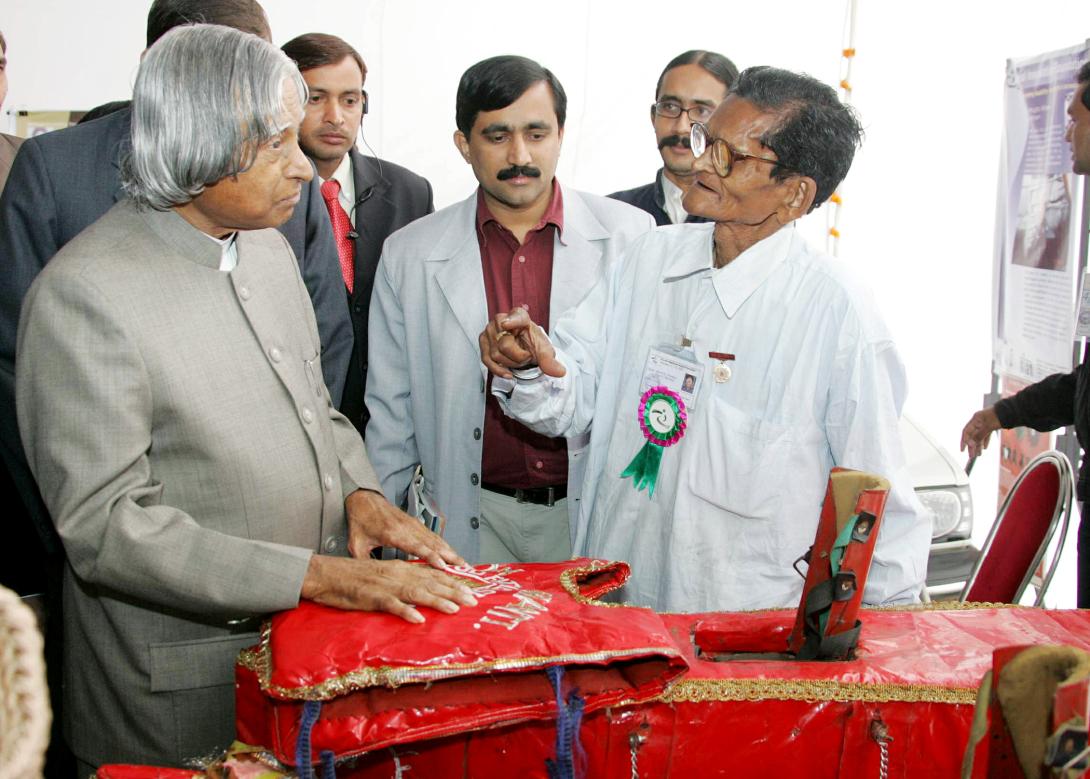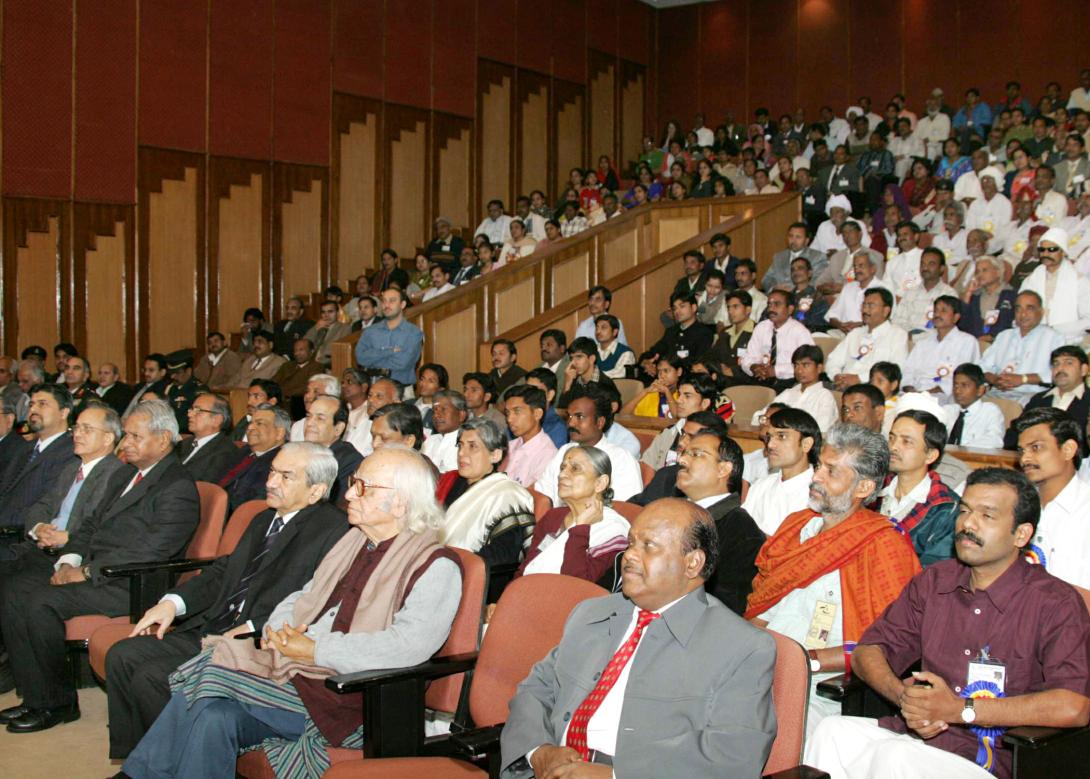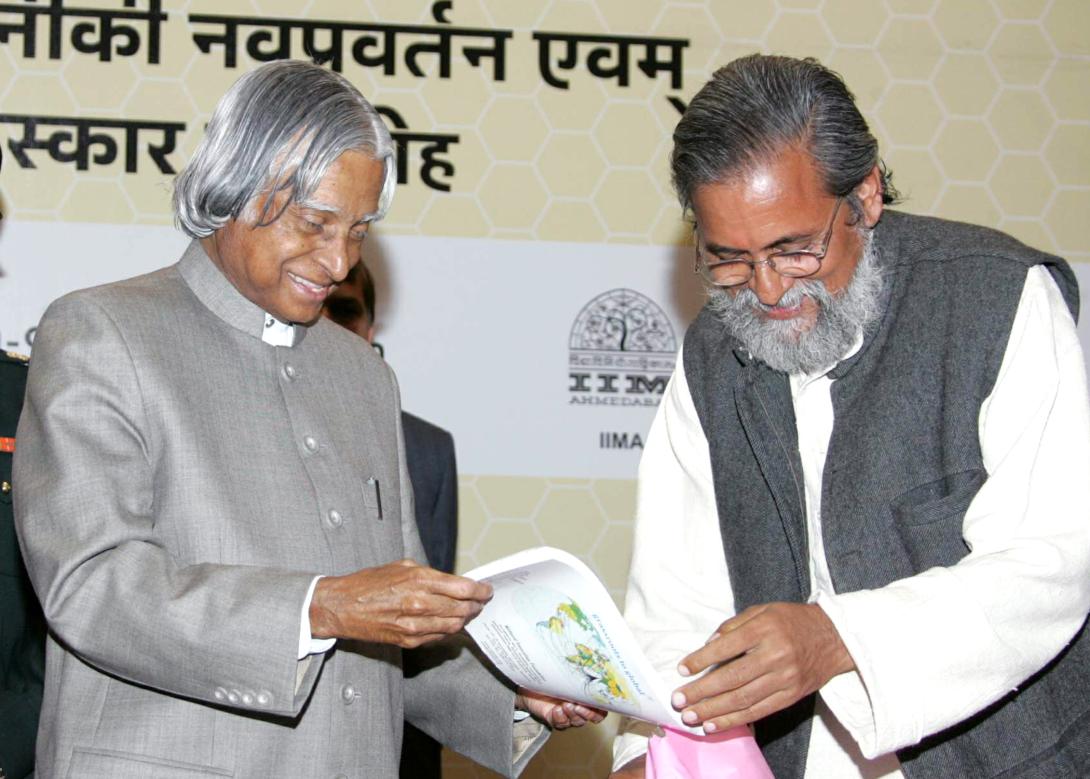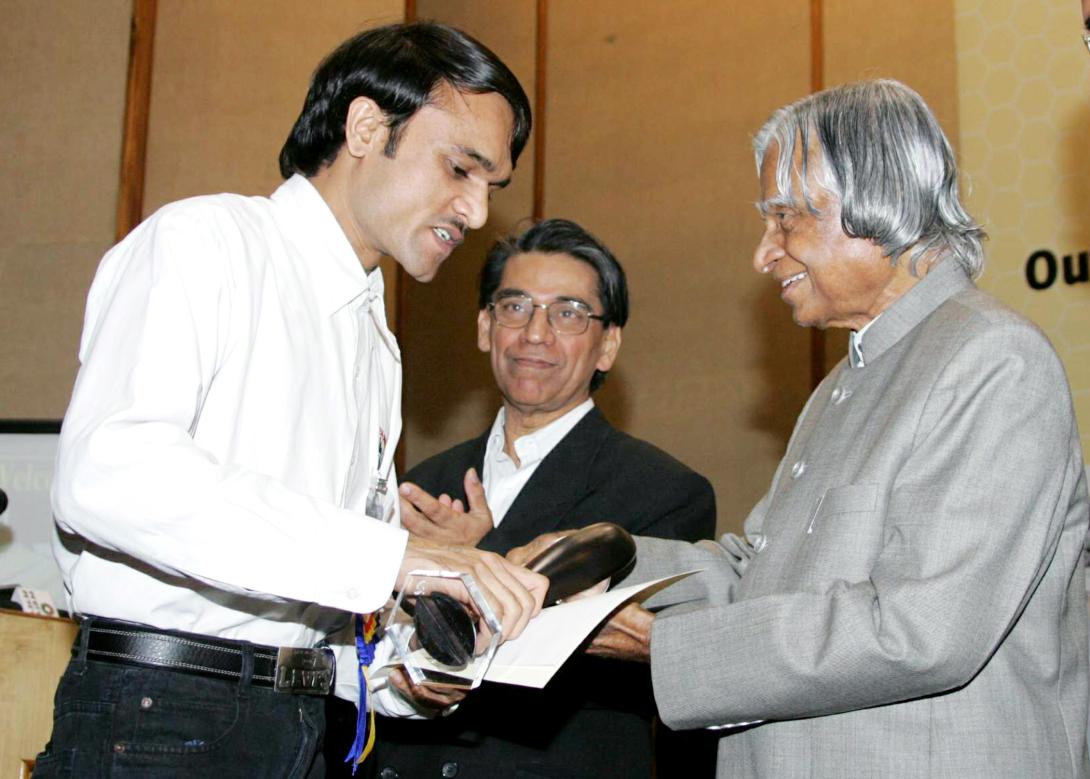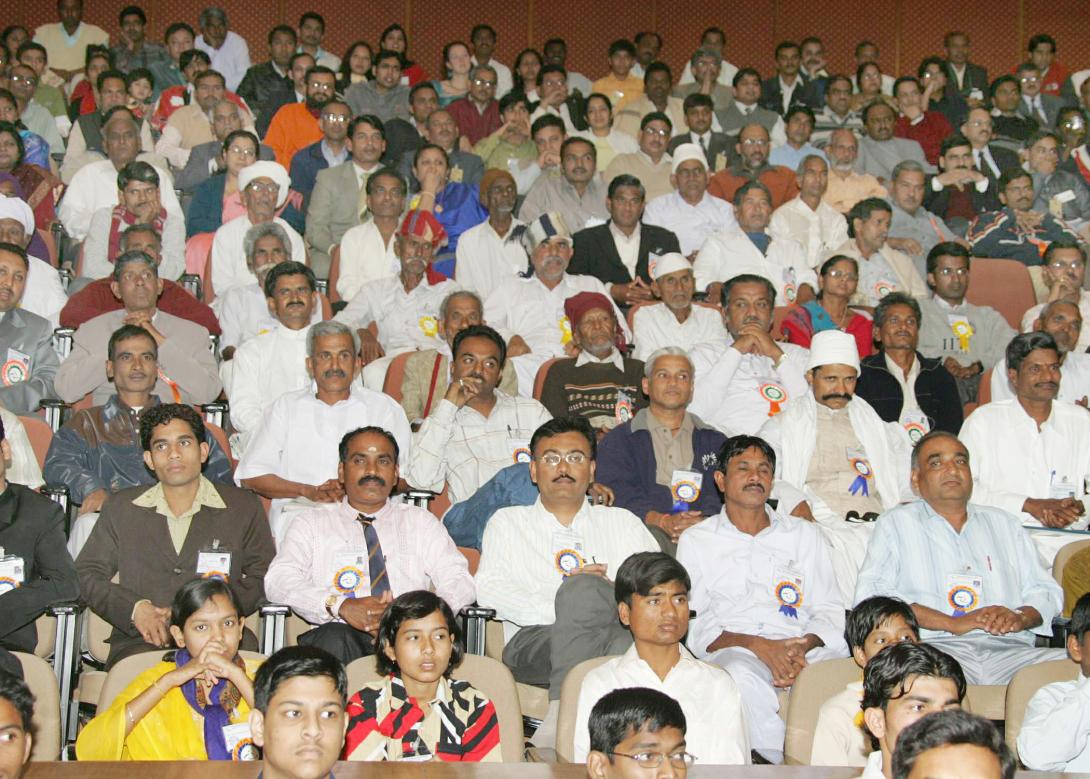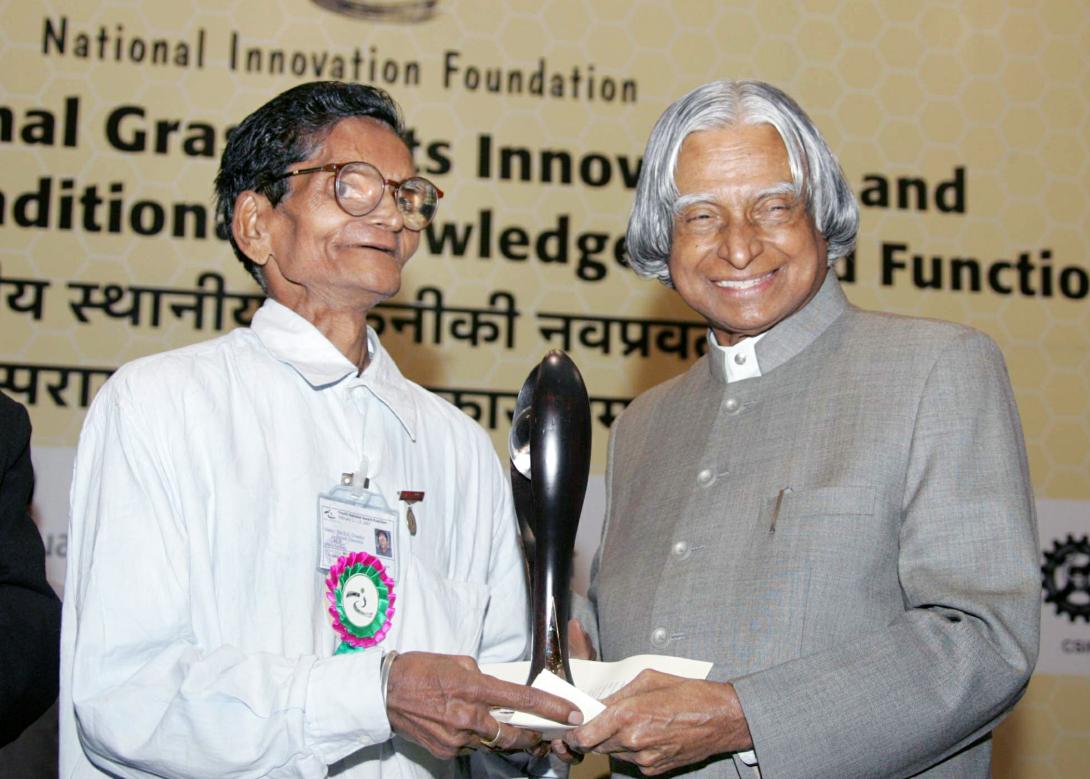Address During the Presentation of National Innovation Foundation Awards, New Delhi
New Delhi : 12-02-2007
Adding Value to Innovation is an Important Mission
I am indeed delighted to participate in the National Innovation Foundation (NIF) awards function. I greet the award winners, innovators, collaborators, organizers and the distinguished guests. Innovation may come from many directions in the country. But identifying the innovation from grass root level indeed is a very important mission. I congratulate the serious efforts made by the members of the National Innovation Foundation during the last seven years in this direction. Today, I would like to talk to you on the topic ?Adding Value to Innovation is an Important Mission?.
Innovation to product to market
Grassroots innovators and traditional knowledge personnel whom we honour today represent those individuals in the society who have the capability to find creative solutions to societal problems based on their experience and most of the time based on necessity. It is possible that these may need considerable improvement before they can become producible items. Natural solution, drawn from the environment of work spots, are important in many ways particularly in the large rural background of our country. Definitely, there is a need to add technology to these innovations. This will need provision of continuous input for realizing the end product. A local polytechnic or engineering college very close to the innovator can be made as a partner for transforming the innovation into a marketable partnership with the support of entrepreneurs from small scale and cottage industries.
I am happy to note that National Innovation Foundation has already entered into formal understanding of cooperation with research institutions like CSIR, ICMR and Department of Science and Technology. This connectivity has to be strengthened for realizing maximum benefit from our innovation capability available with rural innovators. What is essential is to convert the innovation into an industrial product for the national and global market.
Value addition
The country has many areas of core competence in villages. During my visit to many villages all over the country, I have personally seen many examples like handicraft, food processing, silk fabric making. However, such innovators do normally have no background or exposure to the needs of their potential customers in urban areas or abroad. If they are given an exposure using their own ingenuity, they would make the product useful to the customers and in the process increase the economic activity of the village. In this connection one model practiced by some of the states like Madhya Pradesh and Tamil Nadu with JETRO of Japan comes to my mind.
Organizational support for converting innovation into competitive product
For example, the members of Periyar PURA in Vallam have facilitated selection of 40 finalized products out of 123 products which will be produced by Periyar PURA with the support of JETRO for displaying in an exhibition at New Delhi during February 2007 and later in Japan during June 2007. The feedback from each exhibition will be used to improve the product so that the customer acceptability of the product gets enhanced. The technical consultancy support for improving the product will be provided by institutions like Periyar Maniammai College of Engineering for Women. This type of localized support will ensure creation and faster delivery of nationally and internationally acceptable products by our craftsman and innovators in rural areas. I would recommend the Department of Science and Technology to create an unique organization called ?Innovative Products Export Promotion Organization? which will coordinate the support needed for provision of technology by the local engineering institutions, training of the local talent for commercial production of the product. Provision of funds needed for converting the innovation into a marketable product has to come through venture capital or loan from banks. Organizing exhibitions for getting proper feedback about the acceptability of the product in the country and abroad is equally important. This feedback must enable the innovator to improve the product with the support of local engineering institutions. I would also suggest that the Department of Science and Technology can seek the assistance of Entrepreneurial Management Processes International and Engineering Export Promotion Council for providing technological and marketing support for this mission.
This type of holistic planning and support is essential now since I find that during the last 7 years NIF has identified 65,000 innovative practices which have lead to 102 patents including 3 international patents. Now, we are ripe to see that the benefits of innovation reach the community in large number for which an integrated action would be needed as I have already suggested. This will enable creation of at least 10 to 20 enterprises every year in our rural sector based on rural innovation driven projects in the PURA clusters.
Knowledge based employment
As you are aware, the government has recently introduced the Rural Unemployment Guarantee Scheme in 200 districts in the country. We have to think how we can make part of this employment as knowledge based creative employment. The innovators in the rural setting can be mobilized to create a knowledge map of the best practices in the village in respect of areas like agriculture, animal husbandry, herbal medicines, environment upkeep, handloom and craftsmanship. Here, I would like to describe three areas of good practices which I have come across in our rural setting.
During my visit to various parts of the country particularly the north-eastern States I have observed that every home has become a place of making tools and appliances out of wood and other local raw materials. Some houses have specialized in handloom weaving and making dresses of different colours for the whole family. In southern part of India, products are made through palm leaves in the house and pathamadi pai (fine quality mats). Such traditional innovative products have to be added with technology to make them nationally and internationally competitive.
Like these cases, I am sure each of the 600 thousand village in the country will have number of good practices in agriculture, fishing, forestry, horticulture, medicinal plants, traditional knowledge in medicine and handicrafts, textiles, rearing of silk worm and many other areas depending upon the bio-diversity and core competence of the particular region. Deploying the youth of the region in mapping the knowledge and experience will provide us a rich resource of existing knowledge which can be used by many people needing such products. These rural personnel will definitely become knowledge multipliers and make a difference to the villagers they live. Supporting Grassroot innovation is an important opportunity for scientists and technologists to prove that science and technology can reach rural areas and make a change in the life of people. Innovation is indeed a good platform for multiple agencies including engineering colleges.
Conclusion
As you are aware, India is in the mission of bringing prosperity and smiles to the one billion plus people of the country particularly uplifting and improving the quality of life of 220 million people who are at present living below poverty line. While the Indian GDP is growing at over 8% per annum, we need full participation of the people for achieving the required targets of our growth and realizing high national prosperity index. My definition of national prosperity index is equal to GDP plus quality of life with value system. It is essential to ensure that citizens are empowered with good quality of life encompassing right type of food, good habitat, clean environment, affordable healthcare, quality education with value system and productive employment leading to the comprehensive qualitative development of the nation. Innovation is the capital through which we can achieve high level of national prosperity index particularly in the rural sector. What we need is a national mission for nurturing innovation through provision of technological support, funding, identification of market, entrepreneurship to produce in a competitive basis to serve the national and international market. Let us celebrate the success of our rural innovators and convert them as employment generators for rural India.
My greetings to all the award winners. My best wishes to all the members of National Innovation Foundation for success in their mission of making innovation as a way of life for all citizens living in rural areas.
May God bless you.

